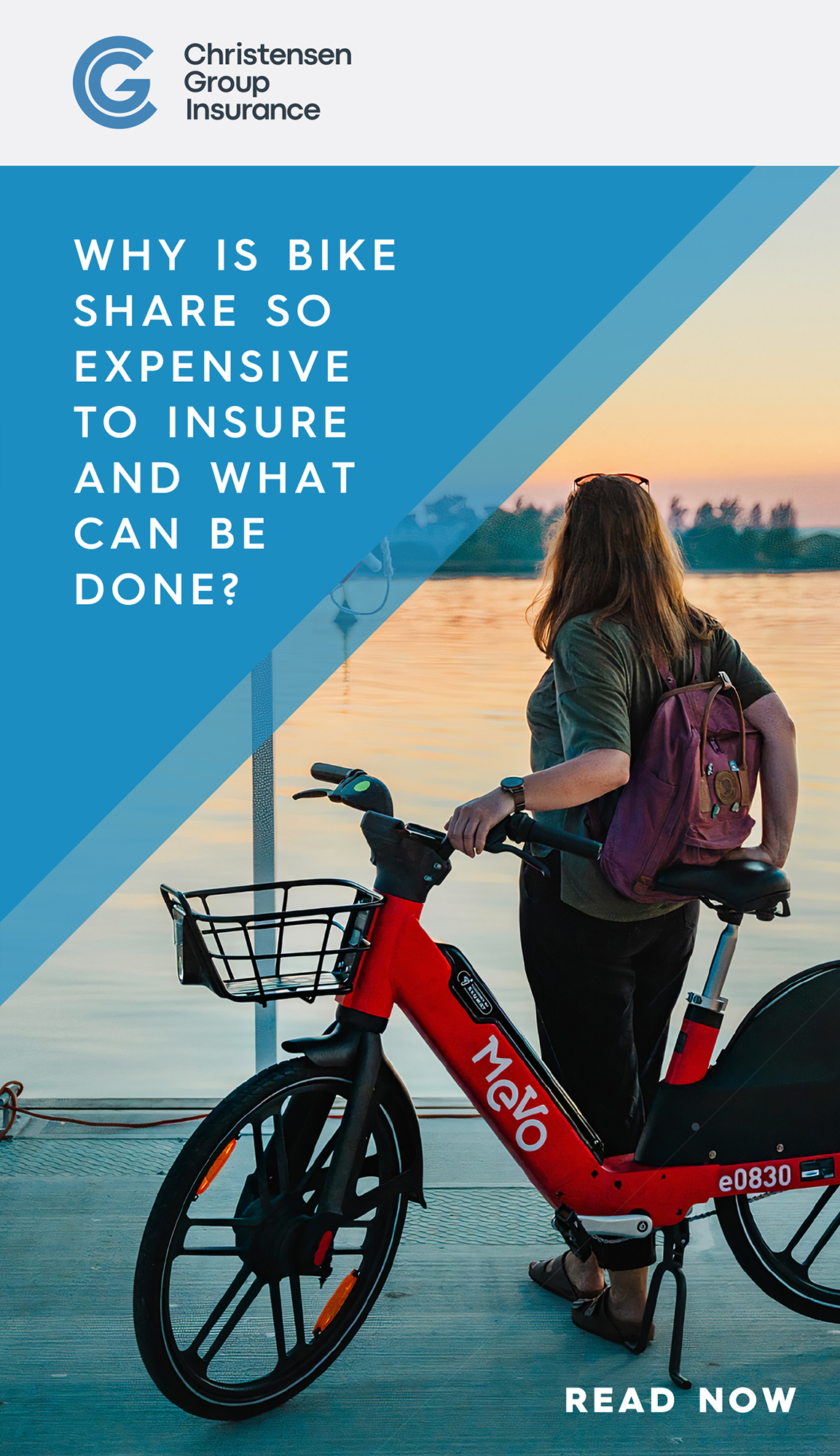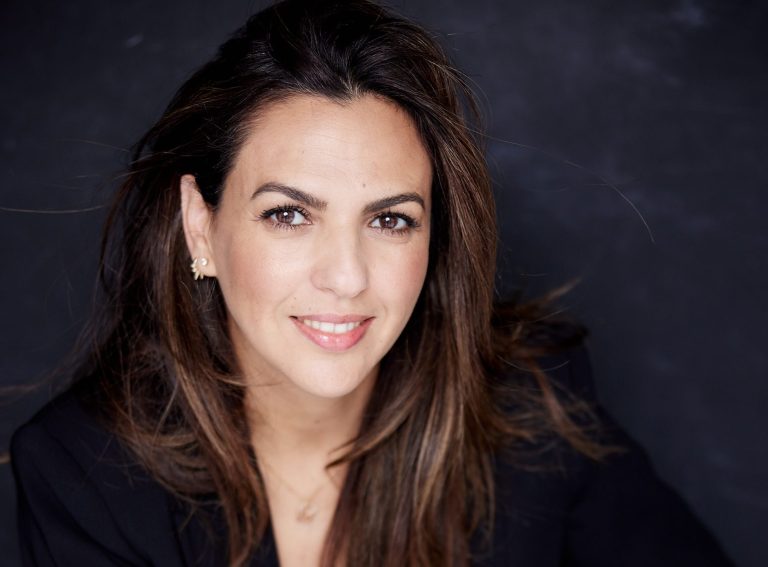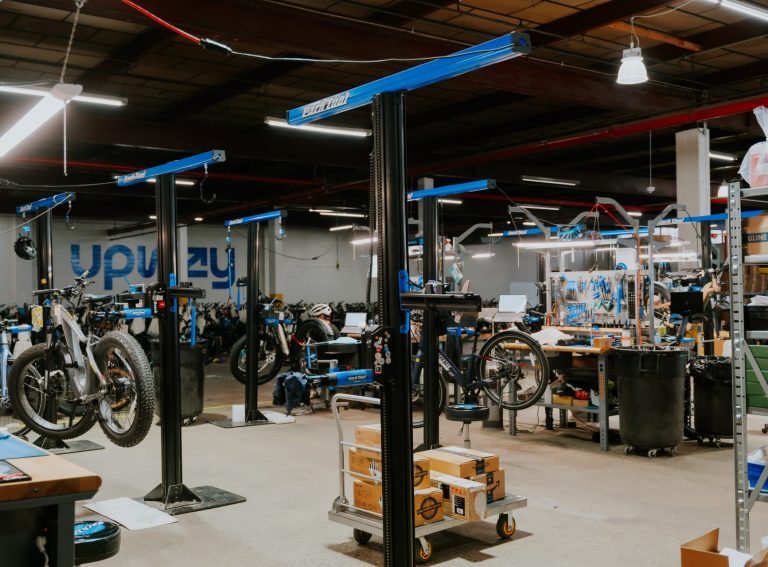Fiona Campbell went from being a frustrated cyclist in Sydney to becoming the city’s first ever Bike Planner.
Fast-forward 16 years and she’s now the City of Sydney’s official Manager of Cycling Strategy.
Despite navigating nearly two decades of cycling struggle and media controversy, Fiona tells Zag how Sydney has its eyes set on matching the success of Europe’s shining star cycling cities.
Zag Daily: In 2010, Sydney was labelled as the “city that hates bikes” by the Sydney Morning Herald. Why was Sydney branded in this way?
Fiona: “Sydney is very similar to a lot of American cities where car-dominated planning has ruled. At the time, it seemed to be worse than in other cities like Melbourne because those cities still had a good tram system whereas Sydney had ripped up all our trams. It was a very car-dominated city made worse by a challenging geography. Melbourne is flat, but Sydney is hilly which meant the best places to put cycleways in the city were usually next to big main roads. It’s difficult to retrofit cycling infrastructure because routes would be interrupted by highways, railway lines, and water inlets with the harbour. This all fed into Sydney’s overarching obstacle with implementing cycling infrastructure – its jurisdiction.”
Zag Daily: Why is Sydney’s jurisdiction an obstacle for installing cycling infrastructure?
Fiona: “The City of Sydney has responsibility for just a very small 26 square-kilometre area. We’re only one of 33 councils across the Greater Sydney area and most of the control for almost everything is with the state government of New South Wales. Whereas cities in Europe and the US have city governments who can control what happens within their area, local government basically doesn’t exist in our Constitution. That means we’re subject to state government controls of speed limits, main roads, public transport, traffic signals and we have very little power to change anything. With everything we’ve tried to do, it’s been a real challenge to get the state government on board. For example, the first few cycleways we built in Sydney were on Bourke Street, Kent Street, College Street, and Union Street. The one on College Street which we built in 2011 was dug up by the Roads Minister just a few years later. Sydney’s Lord Mayor lobbied very hard and eventually we got the funding from the state government to build it back again but that’s the kind of struggle we have to deal with because we have so little power.”
Zag Daily: So why is the City of Sydney and the New South Wales government not aligning on cycling?
Fiona: “The state government sees Sydney as belonging to everyone, and this little government of Sydney – which is us – shouldn’t try to stop traffic coming through because they want traffic flowing everywhere across the state. They’re thinking in highway mode – similar to the difference between AASHTO and NACTO in the US where AASHTO makes the transport guidelines but they’re all based on highways.
“We have a similar situation where all our road planning is done by Transport for New South Wales – an organisation which is used to thinking in highway mode in terms of traffic language and how roads should operate. They don’t want a local fiefdom to disrupt that. Whereas the council takes a different view because councils are very much place-based, and they care about the quality of the area they’re providing for their citizens. This involves not having motorways with high-speed traffic running through the area. So Transport for New South Wales is totally focused on this movement approach to managing transport, whereas we’re focused on the place. It’s very difficult to have constructive conversations about how something should be done when we’re coming at it from two totally different angles.”
Zag Daily: How has this conflict impacted the potential of cycling in Sydney?
Fiona: “It’s made progress very slow and difficult. Over the first 10 years of building cycleways, we only managed 15 kilometres of separated cycleways during our hardest efforts. It was very frustrating to have such slow progress because a cycleway needs to be connected if it’s going to be useful. People aren’t going to get on their bikes and ride if only half of their route feels safe. Having each project take years of negotiations and battles just wasn’t good enough. When we updated our 2007 cycling strategy in 2018, we consulted the community for feedback and the main response we got was that we should be doing more for cyclists and faster. We already knew this.”
Zag Daily: How has Sydney responded to this feedback since 2018?
Fiona: “We focused our energies on designing projects that would be quicker and simpler to implement. For example, by using different materials or creating design and construction contracts that feature multiple projects so that if one gets held up, we can continue working on the other. We thought about how to initiate more projects at an early stage and have designs ready to go so that we can do more at once. Basically, we spent a lot of time trying to work out how to do things faster and because of that we had a whole lot of new projects enter the pipeline.”
Zag Daily: Can you share some examples of those projects?
Fiona: “When COVID hit at the start of 2020, we saw pop-ups happening around the world. So we had the idea to install pop-up cycleways to help essential workers safely travel. It was an amazing step that had so much impact and, at the time, Transport for New South Wales was much more collaborative than they had been before and have been since. We managed to get many pop-ups implemented because we had these designs ready to go and we’d thought about how to integrate them in advance, even if they’re only temporary. In 2020, we built around nine kilometres of both temporary and permanent separated cycleways, compared with only 1.5 kilometres we were building per year for the decade before that. Though we haven’t been able to maintain that progress, 2020 did accelerate things for us.
“Our network is increasingly becoming more connected. We’re building a separate cycleway on Oxford Street – which has similar significance to London’s Oxford Street – and that will be a gamechanger for Sydney. There’s a huge urban redevelopment project taking place which is increasing the population of the area by tens of thousands, and we’ve designed it to incorporate cycleways from the very beginning. Now, in that area, 15% of residents say that cycling is their main form of transport to work or to their study place, which exceeds my expectations. Across Greater Sydney, it’s around 1% and in the City of Sydney it’s around 4%. Sydney has definitely used the excuse of ‘we’re not Amsterdam’ but by focusing our programmes and infrastructure into the areas that people are moving into, we’ve achieved levels that are currently present in some Dutch cities.”
Zag Daily: Sydney’s now working towards the goal of having 10% of all trips being made by bike in 2030. What’s proving to be the biggest obstacle in achieving that?
Fiona: “Aside from Transport for New South Wales, it’s always challenging to get the community onboard because people can be very focused on their ‘loss’ like of a parking space. It’s important to communicate the benefits we aim to achieve with each project and the more we build, the easier it becomes. All you need to do now is take someone to Bourke Street at 8:45 in the morning and see the primary school kids riding their bikes to school when that’s never happened before in Sydney. As more and more people see this change, they’ll see the value in it. But despite the challenge of getting communities on board, the major barrier we face continues to be Transport for New South Wales.”
Zag Daily: What’s the long-term solution to this conflict with Transport for New South Wales?
Fiona: “There are a lot of good people in Transport for New South Wales and some have written good policies and strategies. They now have a movement and place framework, and a road-user space allocation policy which puts private vehicles at the bottom of a hierarchy. So they have taken a step forward.
“The problem is the people who have the power to veto any of our projects don’t sing by the same song sheet. A motorway project which included active transport links had all of those important details removed without the Minister being told, and this has exposed some of the people who aren’t following what the policies say or what the Minister wants. Culture change in an organisation can be difficult and it can take a lot of time, and it’s hard to know whether they’ll be able to make that change or whether we just have to wait for people to retire. There have been positive changes, but it hasn’t resonated through the whole organisation and that’s where the difficulty lies.”
Zag Daily: As we approach a new year, do you think Sydney has rebranded itself from the city that once hated bikes?
Fiona: “Definitely. The article that you mentioned was quoting Professor John Pucher from New Jersey’s Rutgers University. He came and did a sabbatical year in 2006 in Sydney, and he was the one who said that Sydney was the most hostile city to cycling of anywhere in the developed world he’d experienced. I’ve been in contact with John more recently and sent him some videos of what it’s like here now. I’d love for him to come back and make a new judgement. But, yes, there’s definitely been a major change in attitude at least in inner Sydney. Cycling is much more normal now and it’s not a ‘weirdo’ thing to do like it was when it started. On my commutes to work in those early days as the City of Sydney’s Bike Planner, I wouldn’t see a single other rider on so many days. Now I get to see hundreds of cyclists on my journey.”
Zag Daily: Who is one woman in the sustainable transport sector who inspires you?
Fiona: “Charlotte Guth is incredibly inspiring to me. She is the Chief of Infrastructure and Facilities at the Department of Transportation and Public Space for the City of Paris. Charlotte leads a team that built an incredible 50 kilometres of cycleways over a few short years after she joined in 2018, and then more for the Paris Olympics. She is brave, determined and incredibly effective, and has achieved unbelievable transformational change in Paris. I am in awe of her work.”





